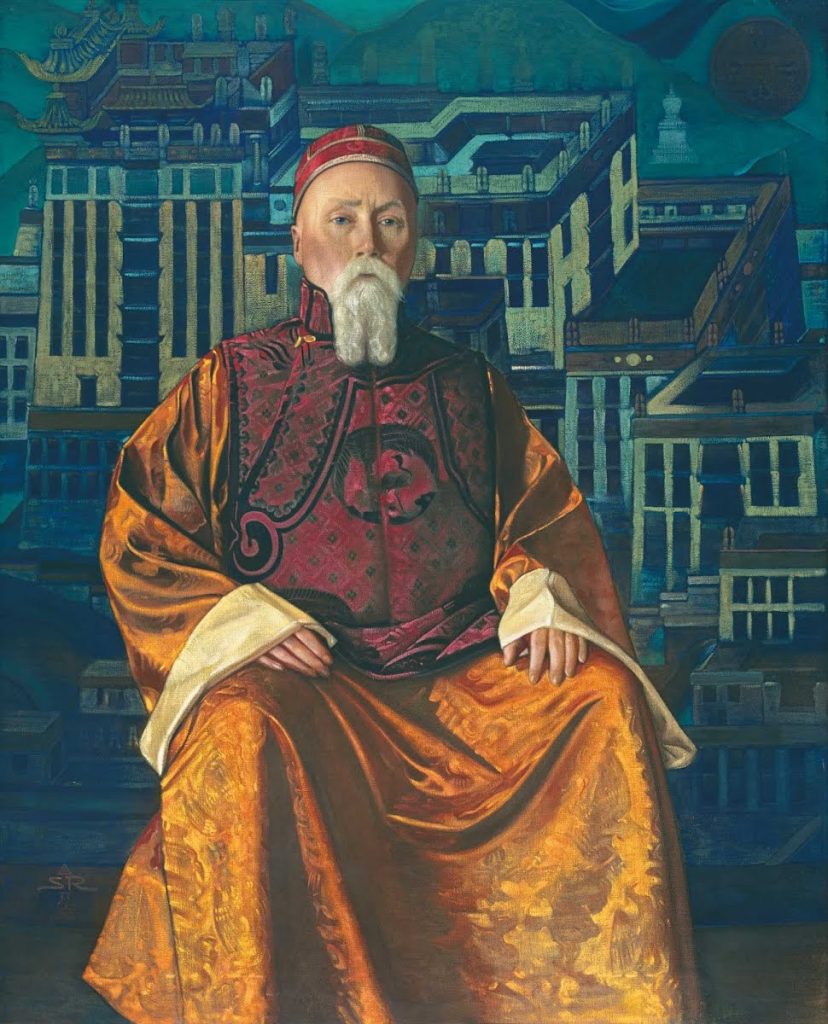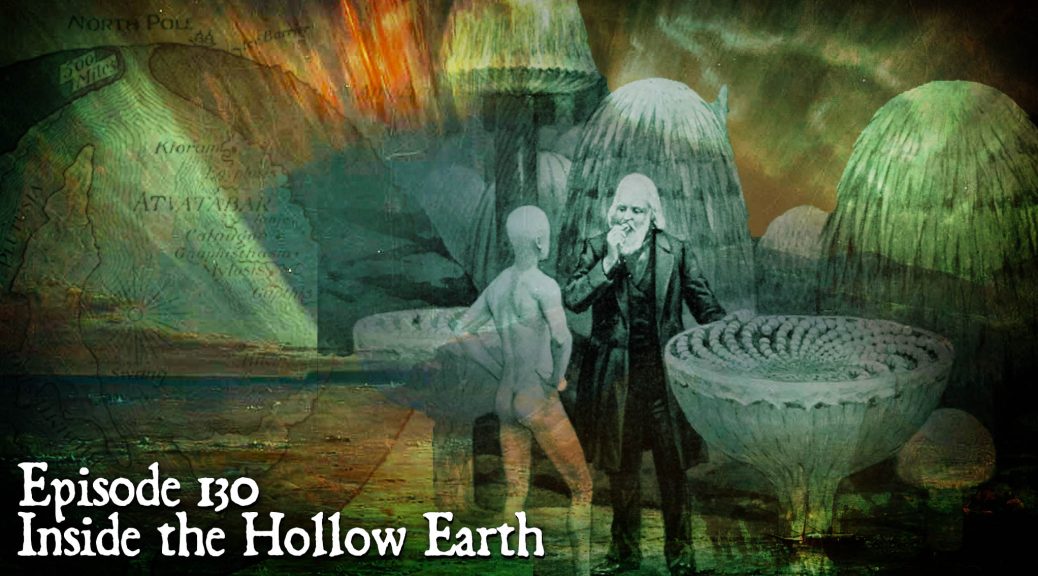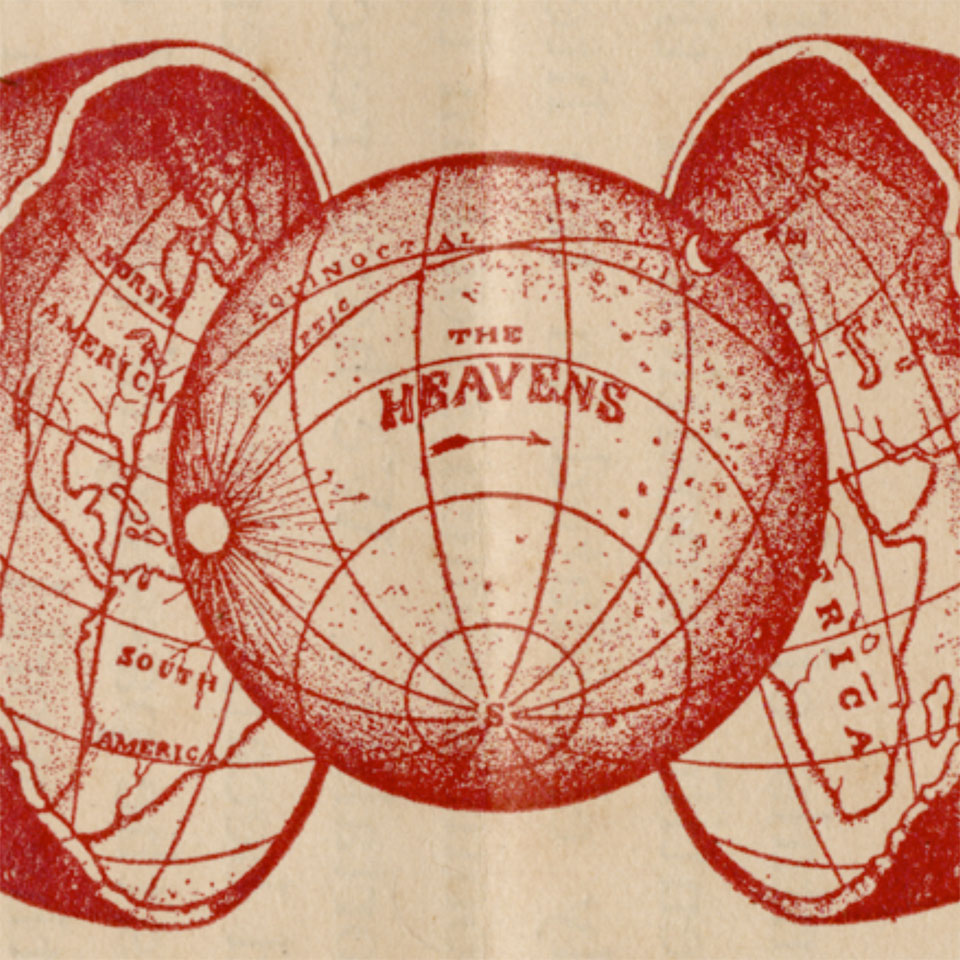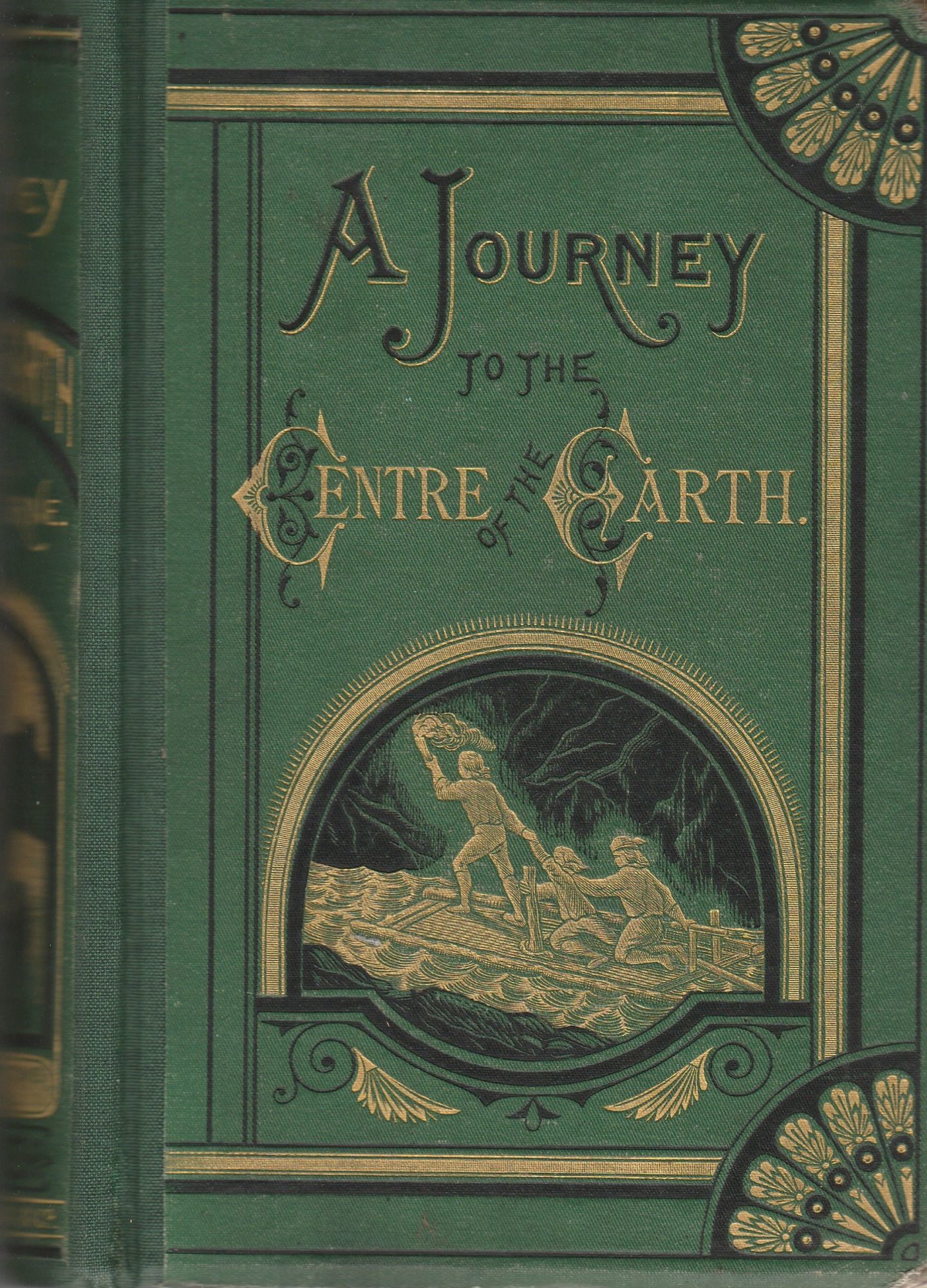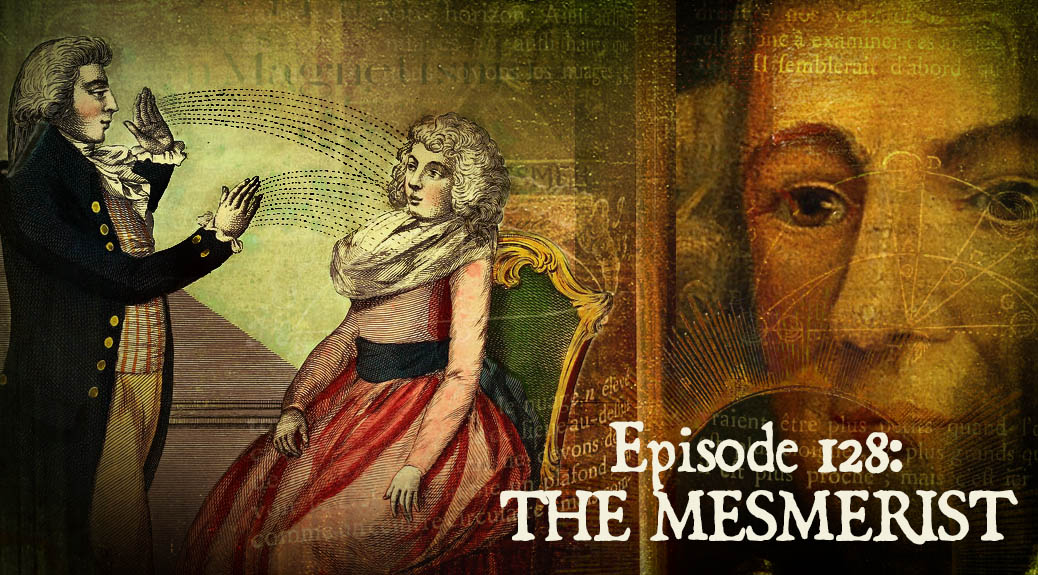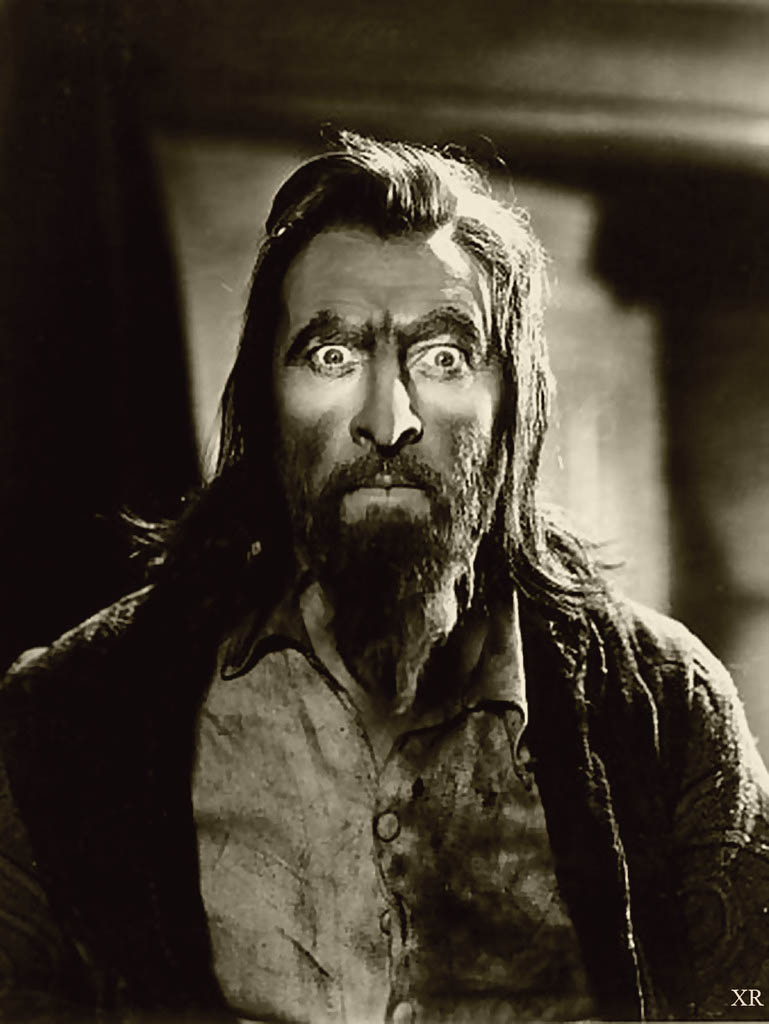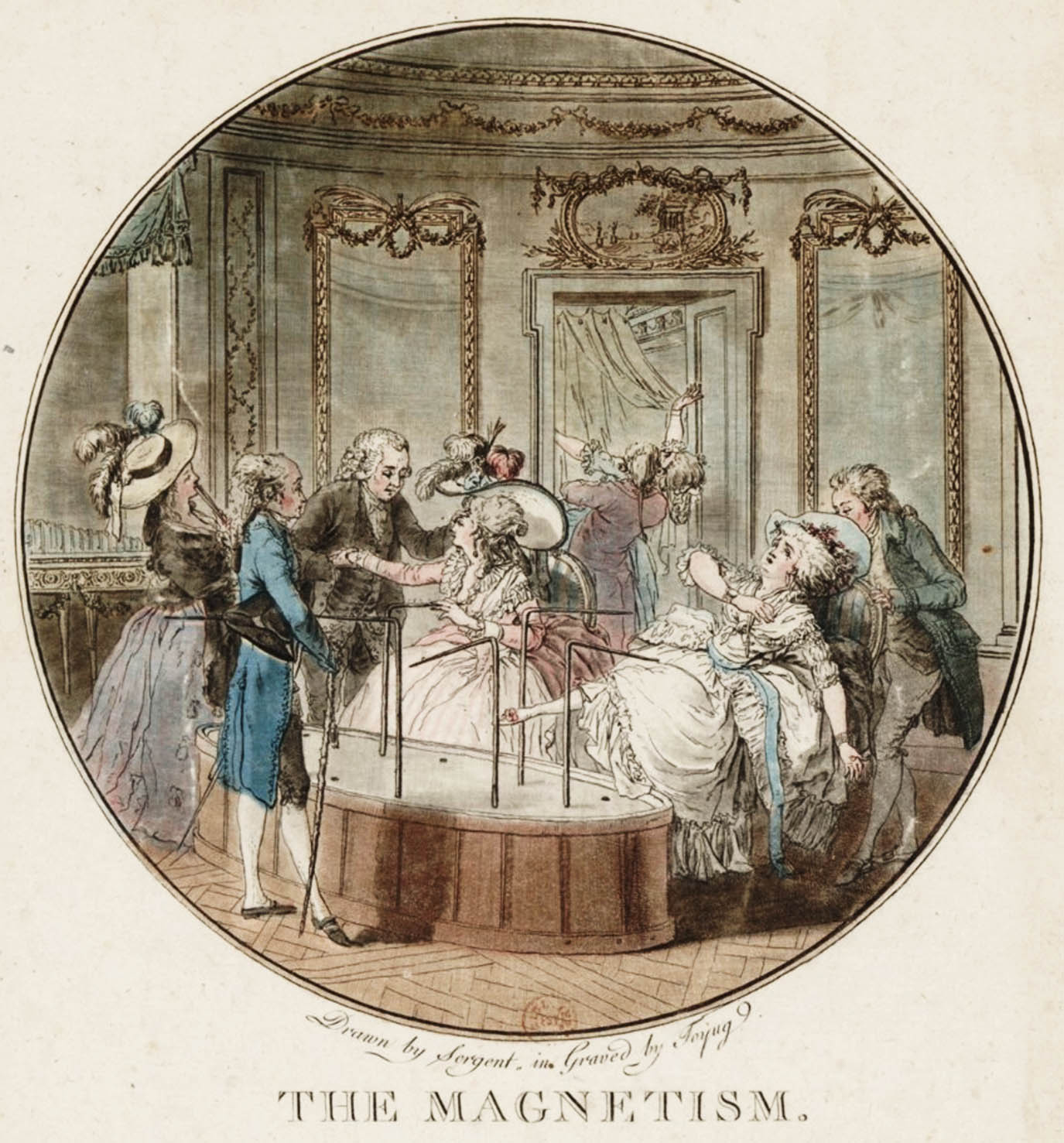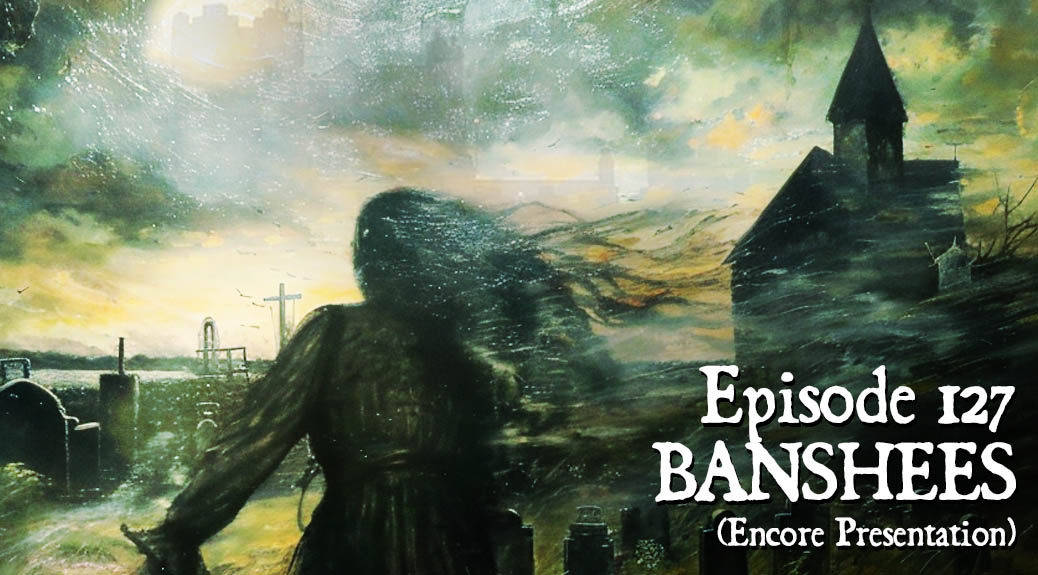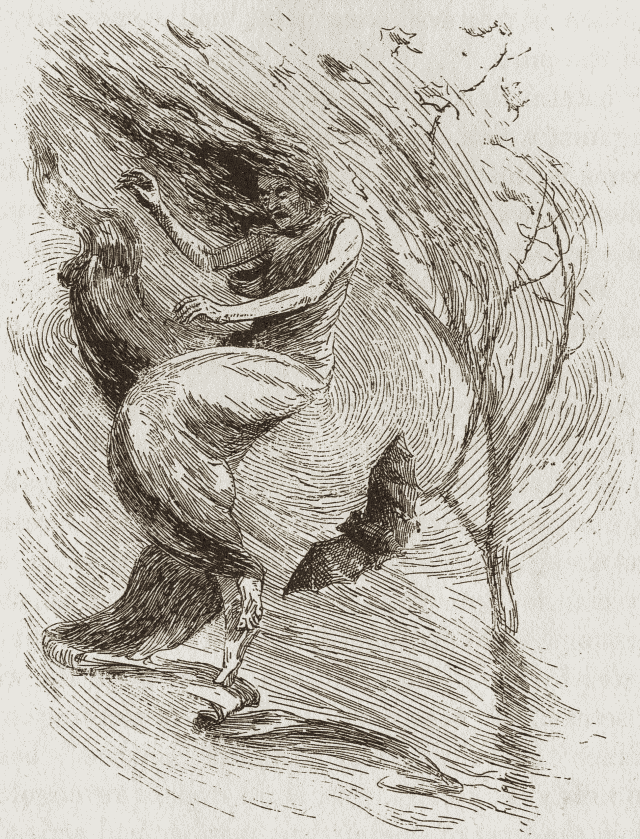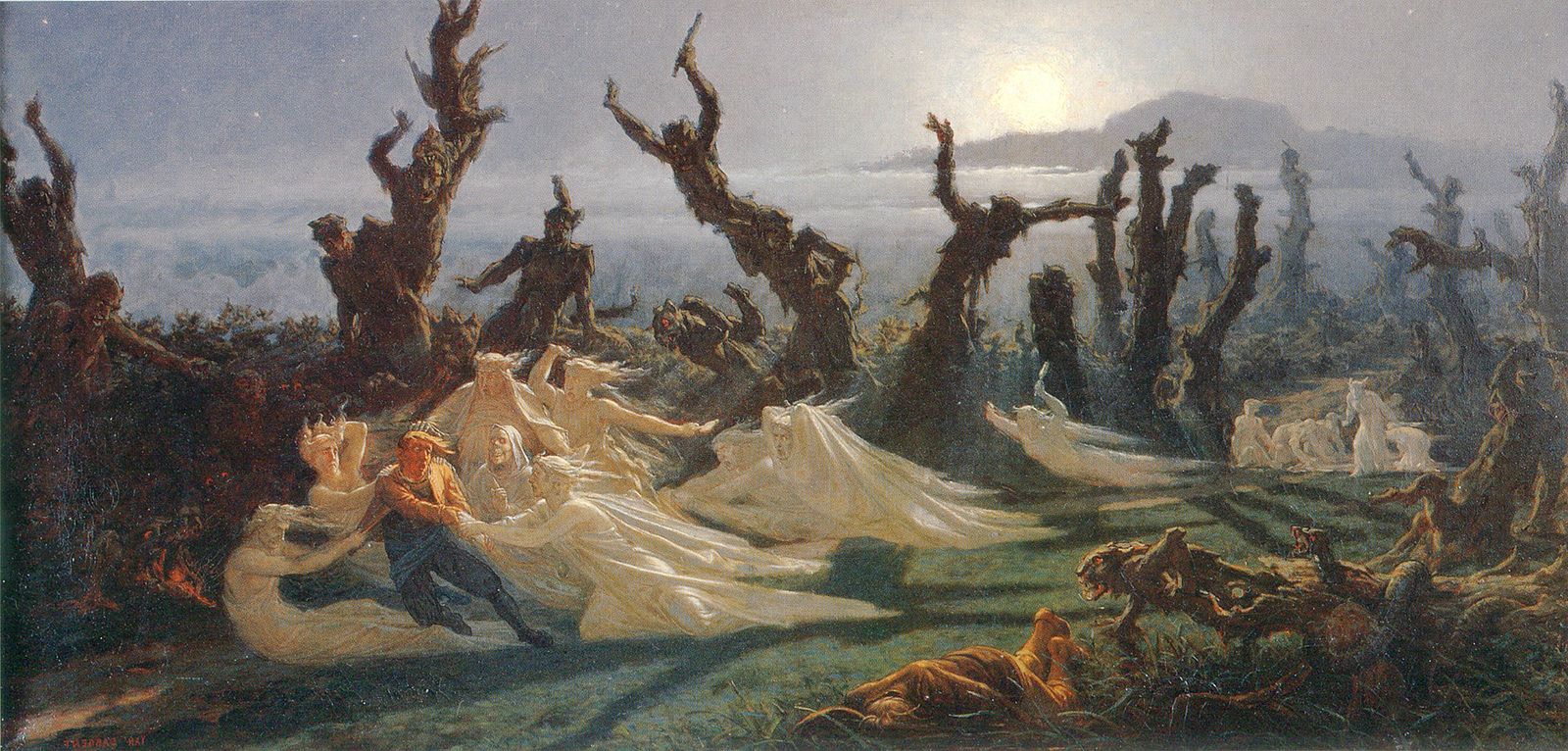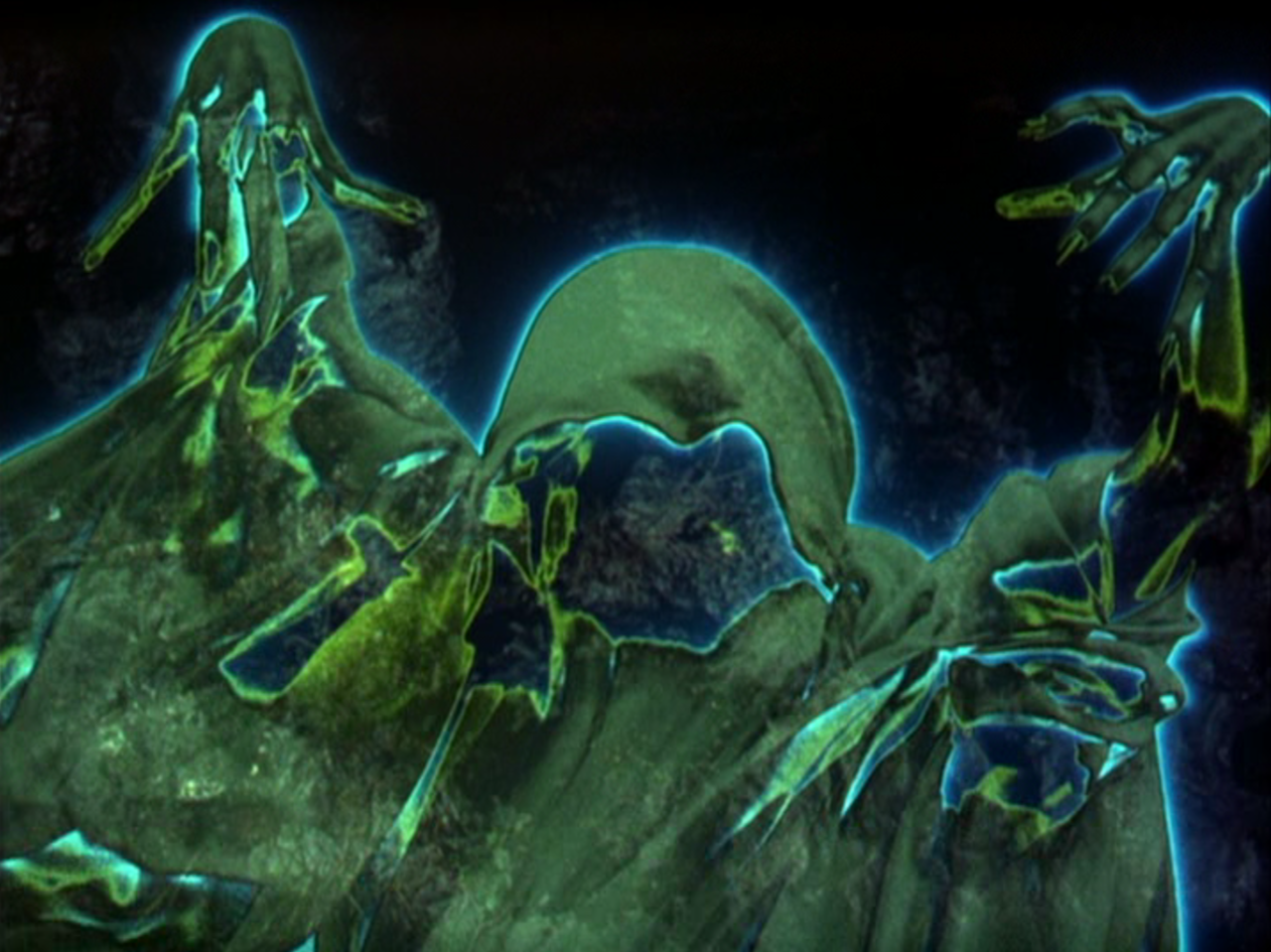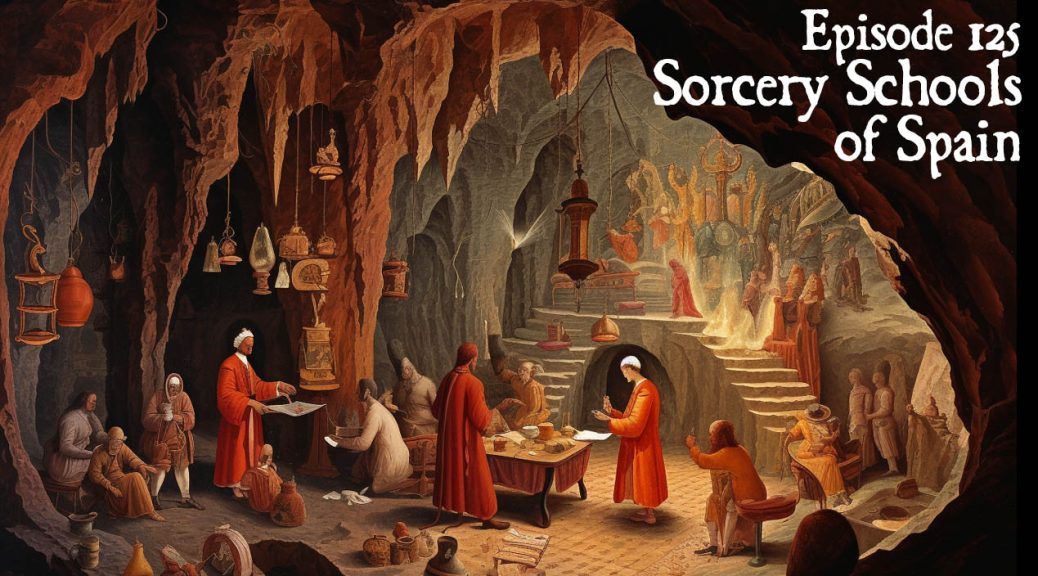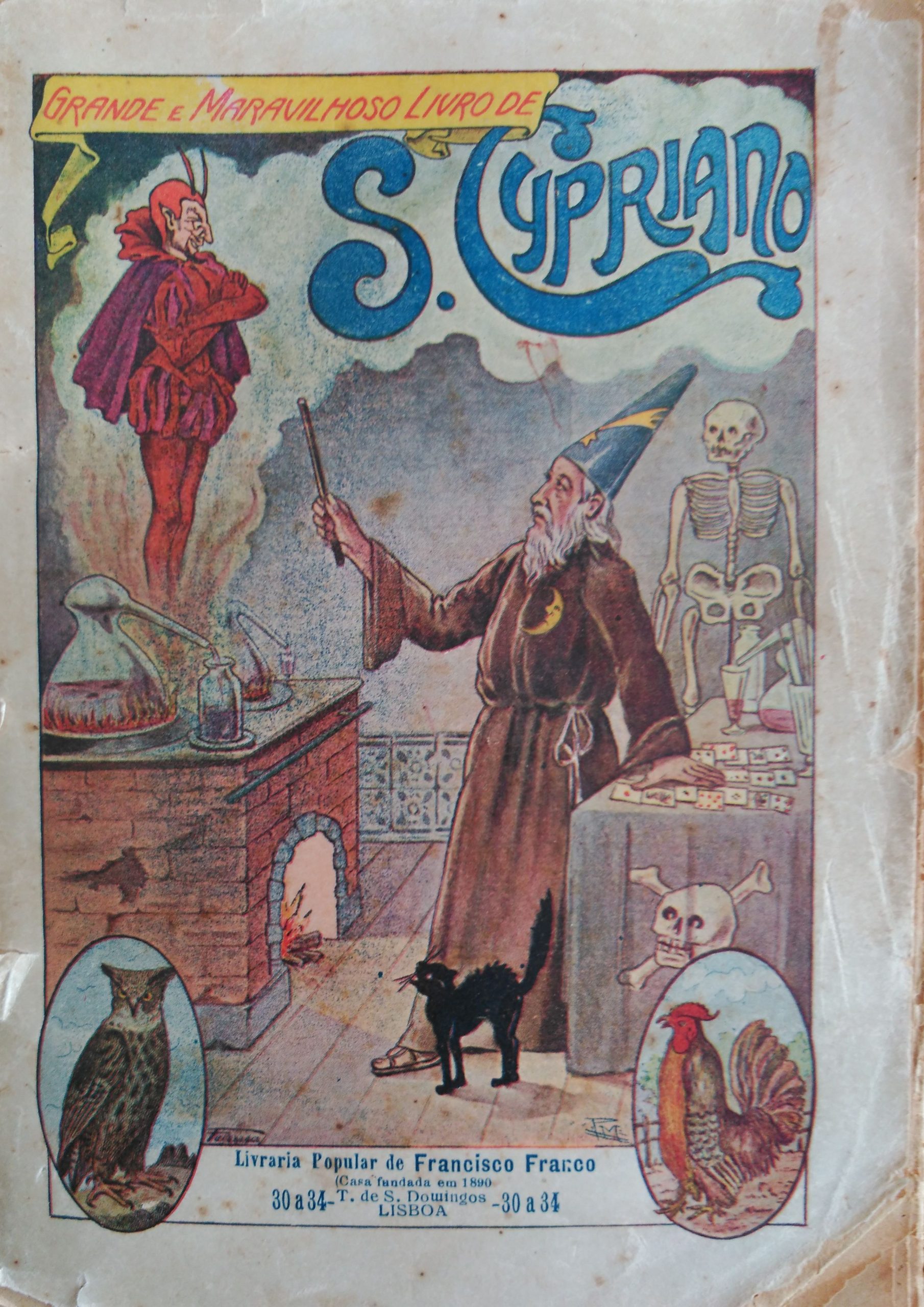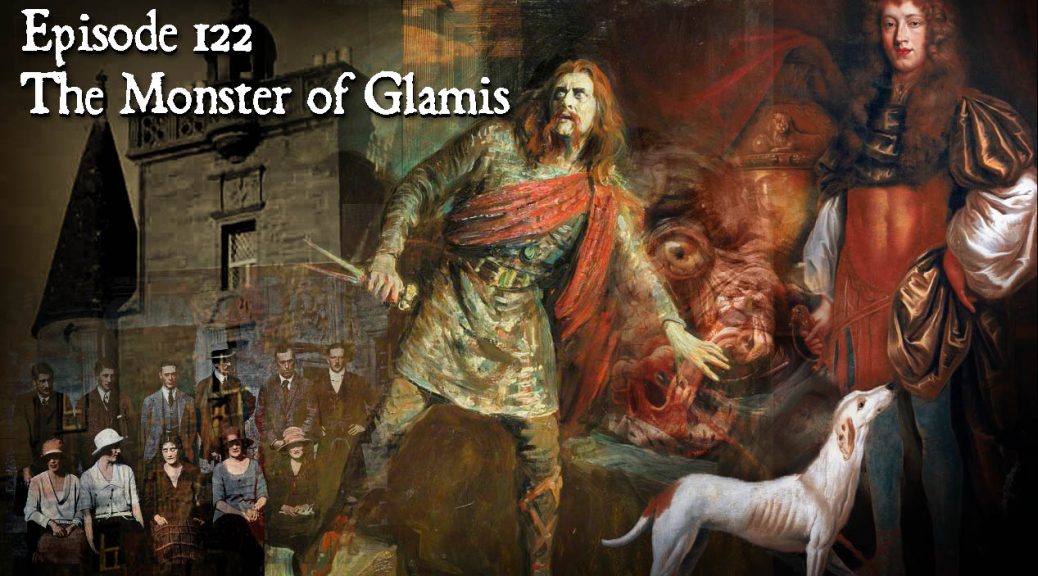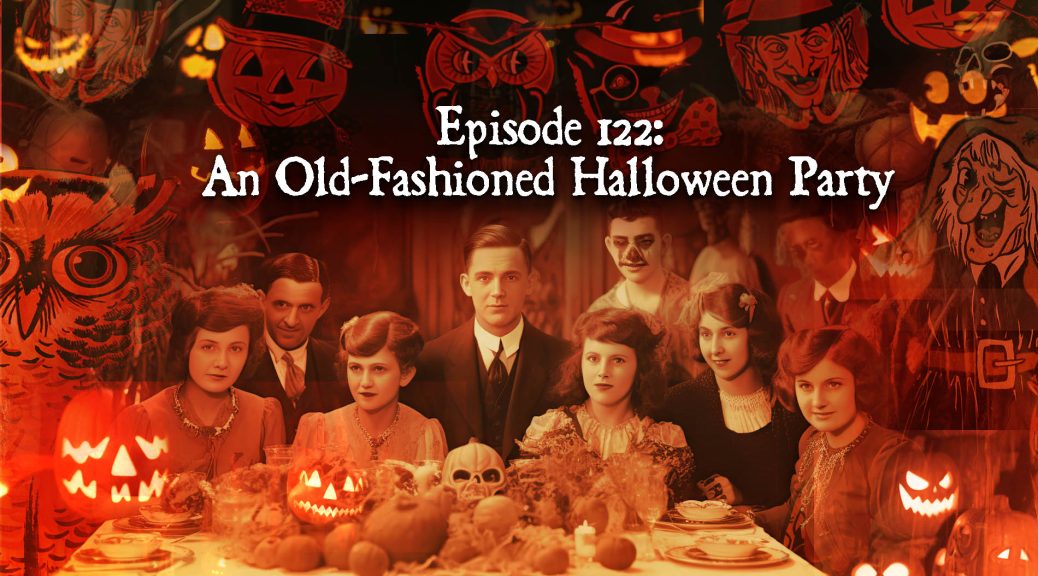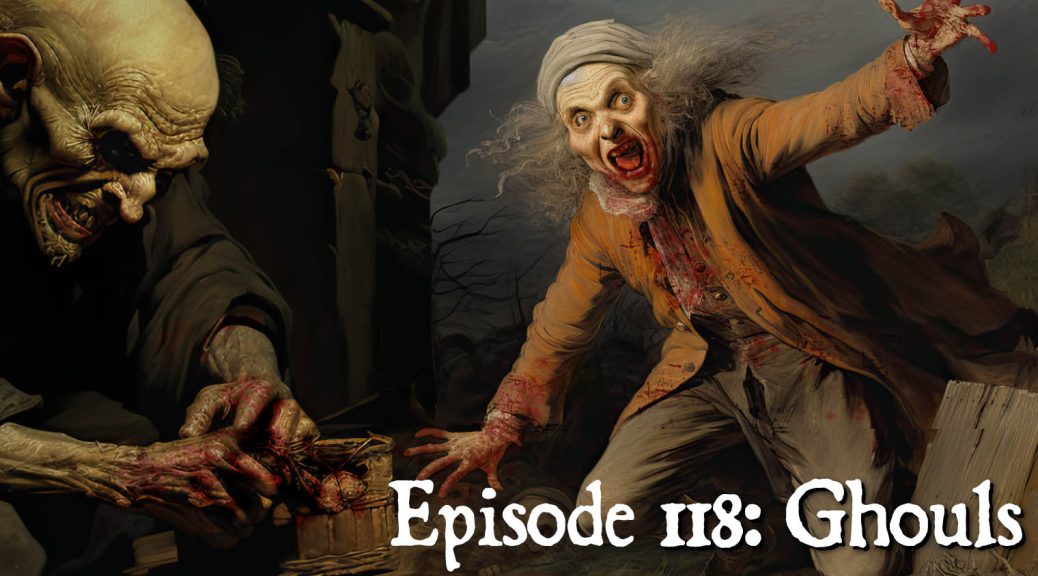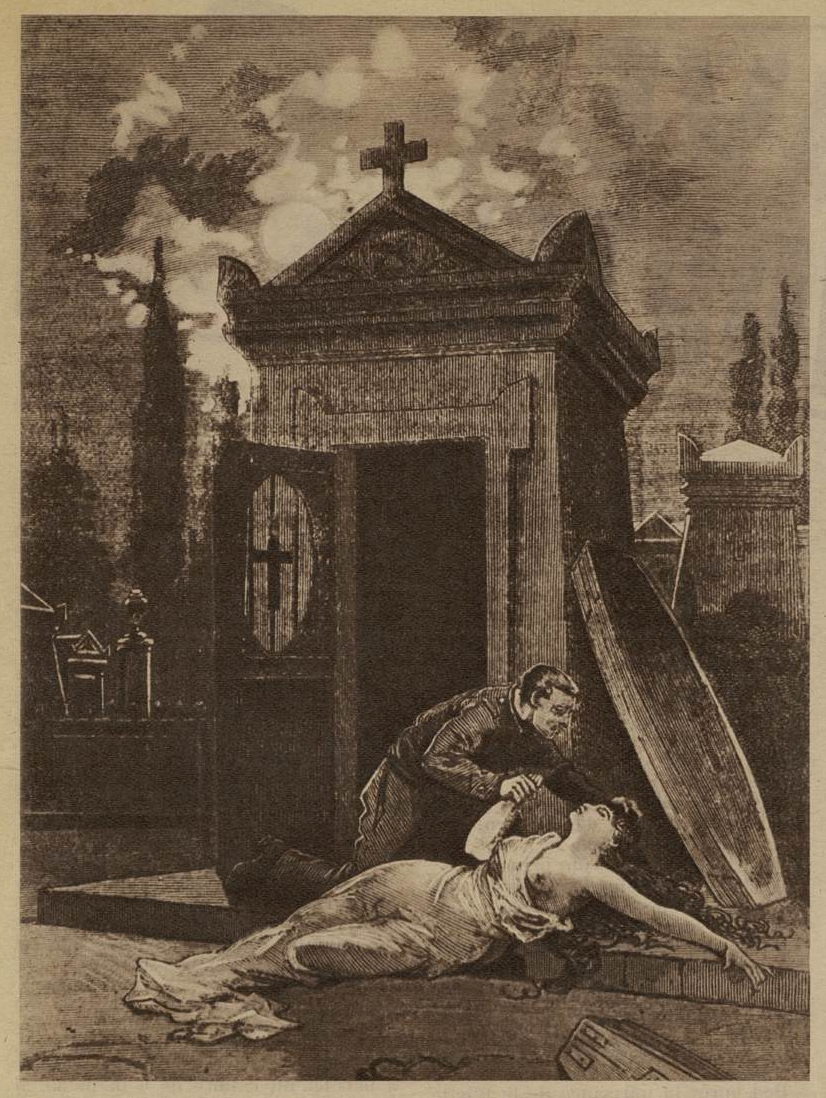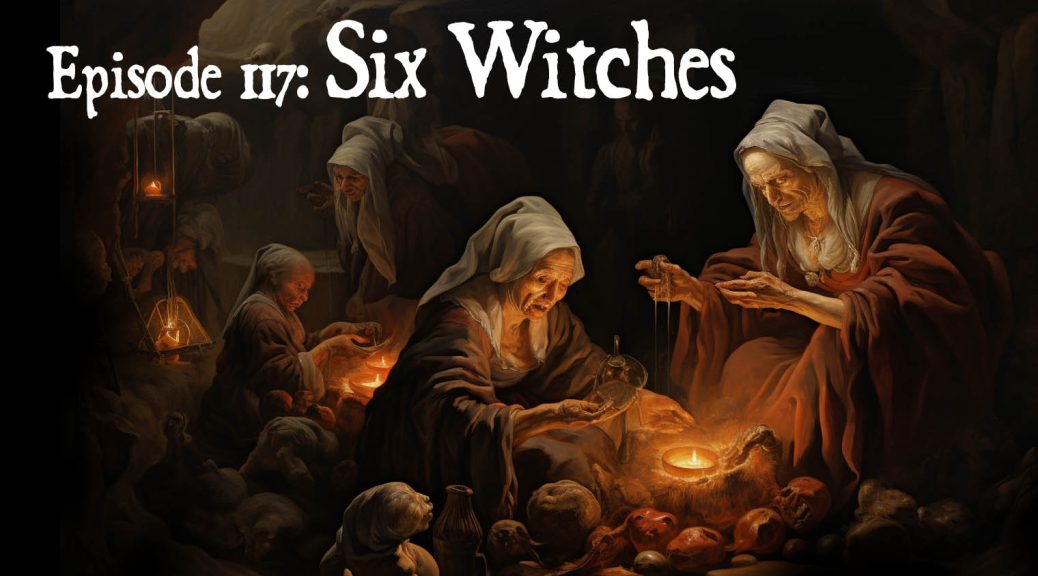
Subterranean Sages and Russian Mystics
Podcast: Play in new window | Download (Duration: 1:04:59 — 74.4MB)
Subscribe: Apple Podcasts | Spotify | Android | Podchaser | RSS | More
Agartha, Shambhala, and Hyperborea are all names for a a mythic spiritually and scientifically advanced kingdom, always in some hidden location, sometimes within the earth, a legend which became an obsession of early Soviet spies, a mad soldier of fortune, and a mystical Russian artist during the 1920s.
We begin with a clip from the 1939 German documentary, Secret Tibet, which records the activities of visiting Nazi researchers in that country. While we can’t establish to what extent the expedition focused on Third Reich mythology connecting their Nordic Aryan with South and East Asia cultures, we examine other efforts by the Reich’s department of Ahnenerbe (ancestral heritage) to make such connections. Alongside this, we look at some 19th-century precedents associating an ancient, primal race with both the far north and Vedic culture of the subcontinent. We also examine the classical concept of Thule (a far-north Neverland) appropriated by the pre-Reich Thule Society.
We next look have a brief look at 1871 book by French writer Louis Jacolliot, The Son of God, which introduces the name “Agartha,” (and its many forms) to designate an underground city or land serving as a repository of ancient wisdom. Jacolliot places this land in the East and associates it with a sort of universalized Vedic culture.
It’s Alexandre Saint-Yves’ 1886 book The Mission of India in Europe, that really defines Agartha as its come to be understood, placing it underground, in the East, and probably within the Himalayas. His fascination with the topic probably was inspired by his Sanskrit tutor, a mysterious Afghan, who called himself Hardjji Scharipf, and claimed to be “of the Great Agartthian School.” Scharipf, however, had little to do with the specific content of Saint-Yves’s book, which in part reads like Hollow Earth fiction of our previous episode. Mrs. Karswell reads for us some fantastical passages from his text.
The majority of Saint-Yves’s work, however, is devoted to the ruling principle of this hidden kingdom, something he calls “Synarchy,” (from Greek words for “together” and “rule.” Fearing the West’s descent into anarchy (Synarchy’s opposite) and its inability to receive the “Synarchic radiations” of Agartha, he calls upon the East to unify with Europe and guide the world toward a Synarchic utopia (the titular “Mission of India to Europe”). Saint-Yves is particularly concerned with Britain and Russia’s competition for the lands of Central Asia, an area poised to become the hypothetical capital of a united East and West.
This brings us Russia or the competing Red and White armies of the Russian Civil war fighting in this region.The Polish writer, Ferdynand Ossendowski, who served with the White Guard in this setting documents these conflicts in his 1922 best-seller, Beasts, Men, and Gods. Ossendowski not only mentions encountering the local myth of Shambhala (Tibetan Buddhism’s equivalent of Agartha). but also relates tales of Baron Roman Ungern von Sternberg, a German cavalry officer loosely allied with the Whites, but fighting not so much for the Tsars as for Mongolia’s Bogd Khan, third highest lama of Tibetan Buddhist, whom Ungern imagines rebuilding the empire of Genghis Khan. Ossendowski describes the Baron’s use of Tibetan legends, including that of the King of Shambhala, to promote this cause. He also describes some of the German’s more perversely brutal ways, which earned him the moniker, “the Bloody Baron” which we naturally share.
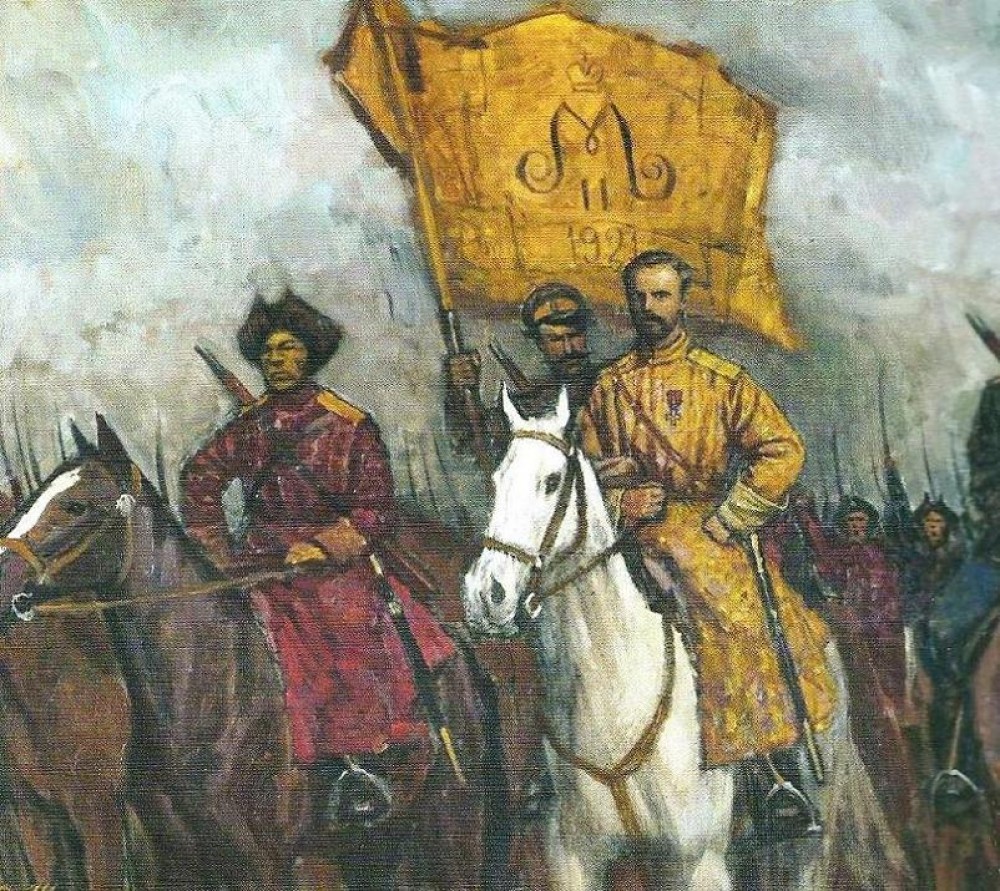
Next we come to a figure who represents a sort of nexus of all we’ve discussed — a Russian occultist and mythographer, Aleksandr Barchenko. We hear a bit about his early life, involving extracurricular ESP experiments, lecturing sailors of the St. Petersburg fleet on Shambhala, and his meeting with the occult-minded chief of the Secret Police, Gleb Bokii, who is attracted by Barchenko’s talk of an ancient body of knowledge that might be mined for new techniques of psychic control, surveillance, or manipulation.
While Barchenko was denied funding he sought for an expedition to locate Shambhala, Bokii sent him to investigate a phenomenon with of possible supernatural import on the far northern Kola Peninsula. There he was study a collective outbreak among the Sámi people of a trance-like state peculiar to Artic regions, known locally as “menerik” and elsewhere as, “the Call of the as North Star.” We hear some details of this bizarre condition and of Barchenko’s alleged discovery of vestiges of ancient Hyperborean culture on the Peninsula. We also hear of his search among the people of the Altai Mountains for legends related to Shambhala.
The last Russian Shambhala-enthusiast discussed is Nicholas Roerich, an artist and writer best known for his paintings of glowing Himalayan landscapes and spiritually charged scenes from Asian and Russian mythology. Along with his wife, Helena, a psychic in communication with Theosophy’s “Hidden Masters,” Roerich hatched a scheme he promoted (unsuccessfully) to Soviet officials, a “Great Plan” for uniting East and West, in which the mythical King of Shambhala (or the Last Buddha, the Maitreya) were to play a key roles. We hear tales of Shambhala collected during Roerich’s travels through the Himalayas and of a physical token allegedly from that kingdom, the Chintamani stone. Details are provided of stone’s mysterious delivery to a Paris hotel where the couple was staying in 1923, its role in developing Roerich’s status among his following, and the not entirely convincing evidence presented in support of the tale.
We end with some audio from the Hollow Earth itself, from a Tibetan cave — so says the Russian YouTube account, along with a collage of sonic anomalies collected under the the title, “The Earth Groans,” and (strangest of all) sounds that seemed to issue from within a Chinese mountain in Guizhou Province in July of 2020.
